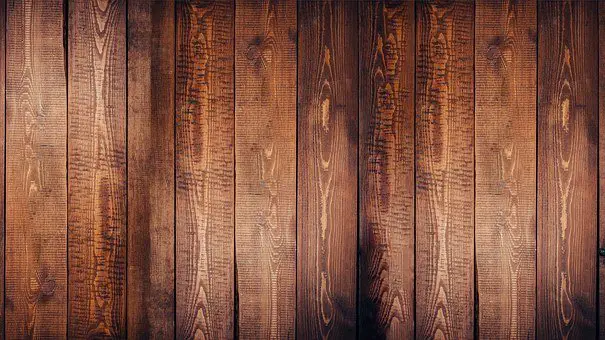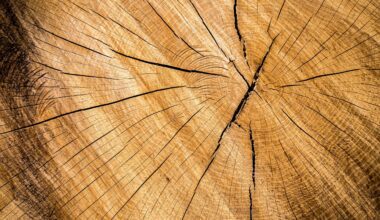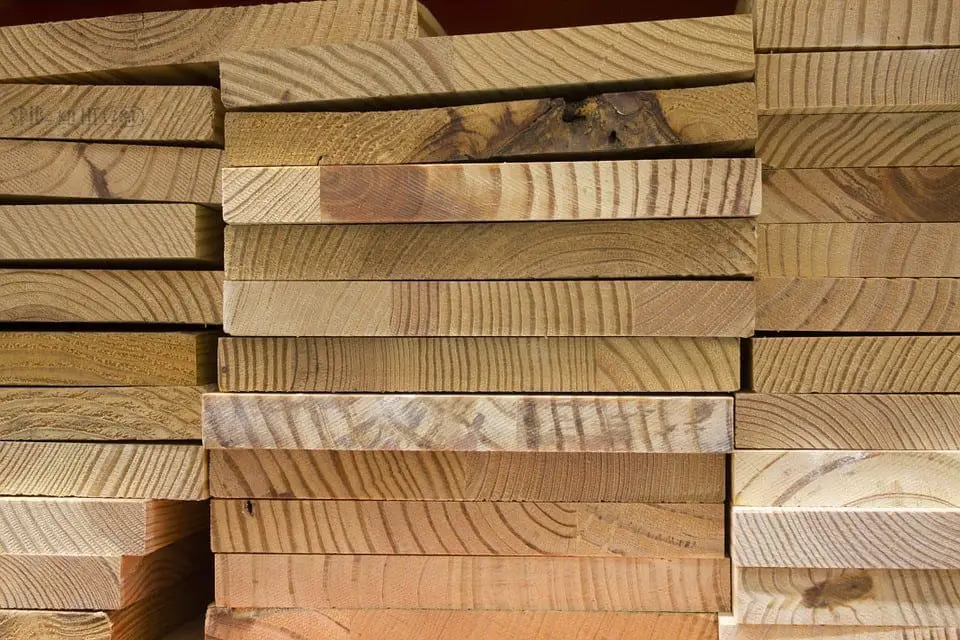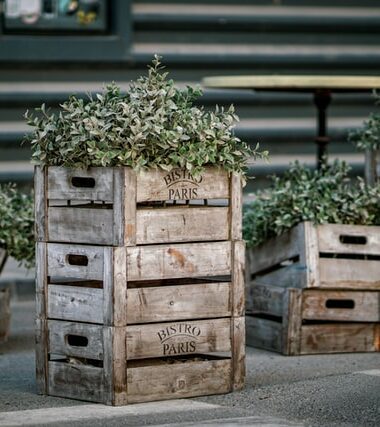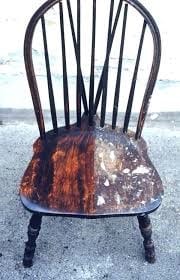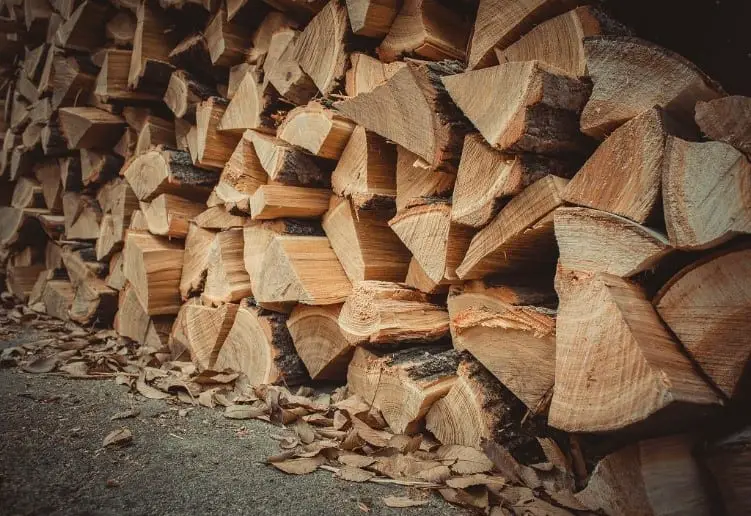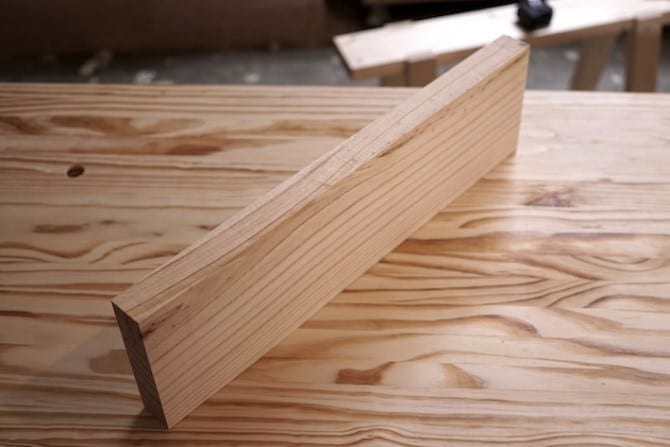Wood siding offers a natural and classic look to any home. You can paint or stain the wood to create any color or style you want. It is a very durable material that can last for many years with proper care.
Wood siding can also be treated with a waterproofing sealant to help protect it from the elements. It is available in various styles and sizes to fit nearly any home. If you’re looking for an attractive and long-lasting option for your home’s exterior, wood siding may be a perfect choice!
There are many types of wood siding available, so be sure to choose one best suited for your climate and home. Cedar, for example, is a good choice for climates with high humidity levels, while pine is a good choice for colder climates.
Installation of wood siding can be tricky, so be sure to hire a qualified contractor to do the job.
Facts about wood siding
1. Wood siding can be stained any color, making it easily matched to the home’s style. It is made from natural wood, which adds beauty and value.
2. The most common type of wood used in siding is cedar, but many other types of wood can be used, such as pine, fir, spruce, oak, and maple.
3. Wood siding is often treated with a water-resistant sealant or stain to protect it from the weather and extend its life.
4. Many different wood siding styles are available, including clapboard, shingle, horizontal panels, vertical panels, and shakes.
How long does wood siding last
How long does wood siding last? Wood siding can last from 20 to 30 years, but it often needs to be repainted or resealed every 5 to 10 years. The lifespan of wood siding depends on the type of wood used, the climate, and how well it’s installed and maintained.
If you’re looking for a longer-lasting option, vinyl or fiber-cement siding may be a better choice. Vinyl siding has around 50 years, while fiber cement can last for 100 years. However, both of these options are more expensive than wood siding.
If you live in a cold climate, it is important to ensure that your wood siding is treated with a waterproofing sealant every few years to protect it from the elements. If you live in a hot climate, it is important to make sure that your wood siding is painted or stained regularly to protect it from the sun’s UV rays. Always consult with a professional contractor before painting or staining your wood siding to ensure that you use the correct type of paint or stain.
Types of wood siding and how to care for them
How long does wood siding last? What are types? There are a few different types of wood siding:
- Plywood is a manufactured wood panel made from thin sheets of veneer that are glued together in opposite directions. Because plywood is made from multiple layers of thin wood, it’s strong and resistant to shrinking and swelling. It can also be painted or stained to match your home’s décor.
- Shingles are roofing material made from small, overlapping rectangular pieces of wood, metal, slate, or asphalt. They are most commonly used on residential buildings.
- Board and batten are a type of wood siding in which the boards are overlapped and fastened vertically, with battens (narrow strips of wood) covering the seams.
- The clapboard is a plank that’s thicker on one edge than the other, so it overlaps with the board below, forming a tight seal.

The average lifespan of different types of wood siding
How long does wood siding last? What is the average lifespan? Wood is a natural material and ages differently depending on the species and climate conditions used. In general, the warmer the climate and the more direct sunlight the wood is exposed to, the quicker it will age. If not properly maintained, all wood siding will eventually succumb to weathering and decay.
The average lifespan of different types of wood sidings are as follows:
-Pressure-treated pine: 10-15 years
-Cedar: 20-25 years
-Redwood: 30 years or more
-Fir: 20 years or more
-PVC (vinyl): 25 years or more
How to tell if your wood siding needs repair or replacement
How long does wood siding last? How to repair? A few key signs can indicate whether or not your wood siding needs repair or replacement. These signs include:
-The siding is peeling or flaking
-The siding is buckling, warping, rotting, or splitting
-There are gaps between the boards
-The paint is chipping or faded
-The wood is swollen or wet
If you notice any of these signs, it’s best to call a professional to assess the damage and provide an estimate for repair or replacement.
Factors that can shorten the lifespan of wood siding
Wood siding is susceptible to many factors that can shorten its lifespan. Some of the most common are listed below.
-Exposure to sunlight and UV radiation can cause the wood to fade and deteriorate over time.
-Moisture can cause the wood to swell and buckle or even rot.
-Pests, such as termites or carpenter ants, can damage or even destroy the wood.
-Wooden siding is also prone to fire damage.
-Mold and mildew can grow on the wood if it’s not properly sealed and maintained.
How to get the most out of your wood siding investment
1. Inspect your wood siding regularly for any signs of damage or decay.
2. Make sure to keep the area around your wood siding clean and free of debris.
3. Paint or seal your wood siding at least every 3-5 years, depending on the climate and exposure to the elements.
4. Replace any damaged or rotten boards as soon as possible.
5. Consider hiring a professional to clean and seal your wood siding every few years for optimal protection from the elements.
6. Regularly clean your wood siding with a mild detergent and water mixture to remove any dirt, dust, or debris that may have accumulated on it.
